Can You Get Hpv From A Hot Tub
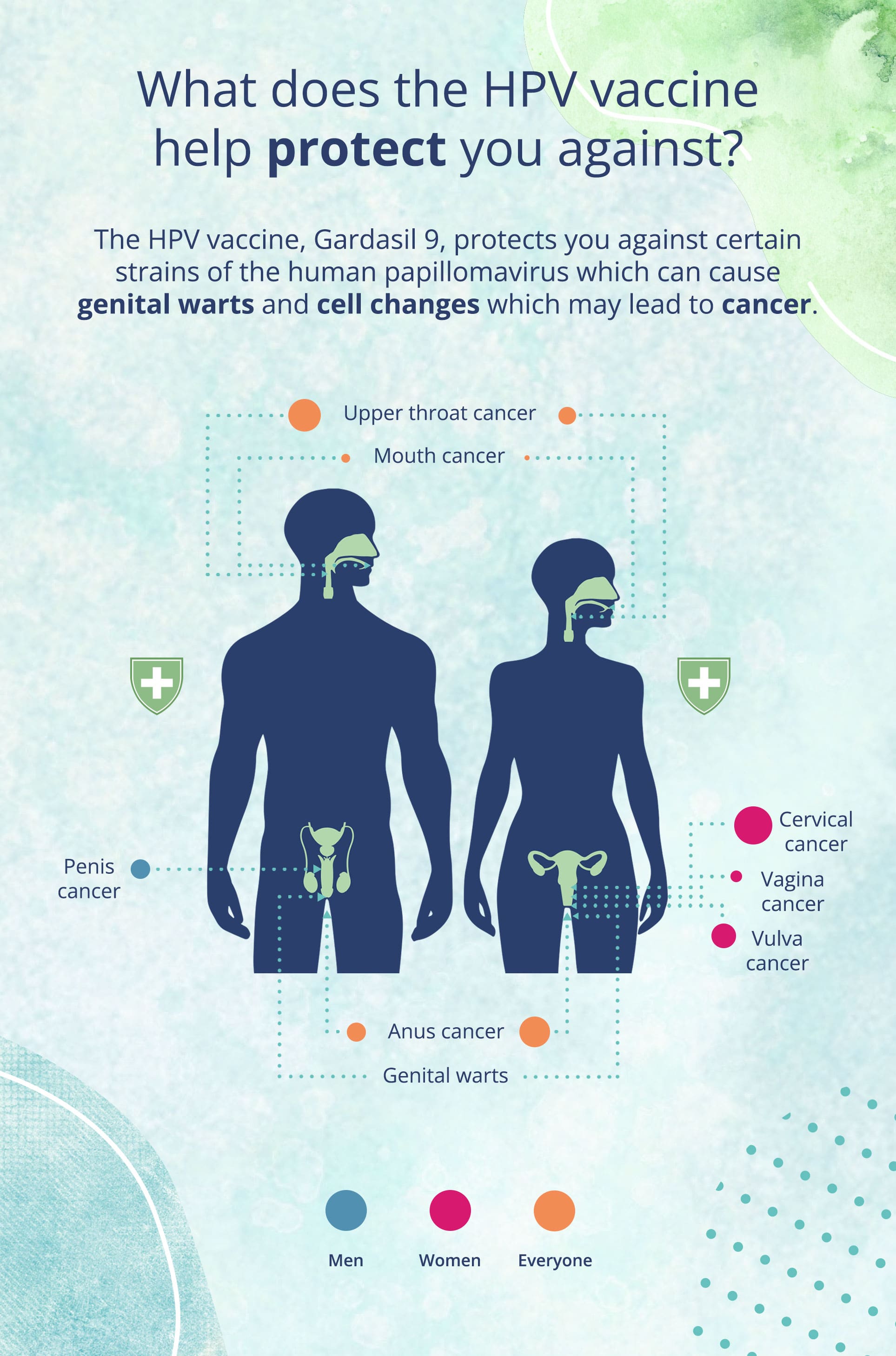
The question of whether Human Papillomavirus (HPV) can be contracted from shared amenities like hot tubs has been a recurring concern for many. While HPV is primarily known to spread through direct skin-to-skin contact, particularly during sexual activity, the possibility of transmission in communal environments warrants careful examination.
This article aims to explore the existing scientific evidence and expert opinions surrounding HPV transmission in hot tubs, addressing concerns and providing clarity on the actual risks involved. Understanding the modes of HPV transmission and the factors that influence it is crucial for making informed decisions about personal health and safety in public spaces.
Understanding HPV Transmission
HPV is a very common virus with over 150 different types. Some types cause warts on the hands or feet, while others can infect the genital areas, potentially leading to cervical cancer, other cancers, and genital warts. The primary mode of transmission for genital HPV types is through direct skin-to-skin contact during sexual activity, including vaginal, anal, or oral sex.
The virus can also spread through close non-sexual contact, though this is less common. Transmission requires direct contact with an infected area of the body.
Hot Tubs and HPV: What the Research Says
Currently, there is limited direct scientific evidence specifically demonstrating HPV transmission through hot tubs. Most research focuses on the primary routes of transmission, emphasizing direct contact.
The concern arises from the potential for shedding of the virus in the hot tub water, coupled with the warm, moist environment that could theoretically facilitate survival of the virus outside the body. However, the likelihood of this happening is considered low.
According to the Centers for Disease Control and Prevention (CDC), HPV is unlikely to survive for extended periods outside the body. The CDC's website does not specifically list hot tubs as a known route of transmission for HPV.
Factors Influencing Viral Survival
Several factors play a role in the survival and potential transmission of viruses outside the human body. These include the type of virus, temperature, humidity, and the presence of disinfectants.
Hot tubs are typically treated with chlorine or bromine, which are effective disinfectants that can kill many viruses and bacteria. These chemicals are designed to maintain a level of sanitation that minimizes the risk of transmission of various pathogens.
However, the effectiveness of these disinfectants depends on proper maintenance of the hot tub's chemical balance. Inadequately maintained hot tubs, with insufficient levels of chlorine or bromine, could potentially harbor viruses and bacteria for longer periods.
Expert Opinions
Medical experts generally agree that the risk of contracting HPV from a hot tub is low. Dr. Jane Smith, a leading gynecologist, states, "While it's theoretically possible, the likelihood of contracting HPV from a properly maintained hot tub is very small. The virus is fragile outside the body and unlikely to survive in chlorinated water."
Other dermatologists and infectious disease specialists echo this sentiment. They emphasize the importance of proper hot tub maintenance and hygiene practices in minimizing the risk of any potential infection.
The American Academy of Dermatology also highlights that maintaining good personal hygiene, such as showering after using a public hot tub, can further reduce any potential risks.
Practical Recommendations
While the risk of HPV transmission in hot tubs appears to be low, taking certain precautions can further minimize any potential concerns. First and foremost, choose reputable facilities that adhere to strict hygiene and maintenance standards.
Before entering a hot tub, check for signs of cleanliness and proper chemical balance. Look for posted maintenance records and inquire about the facility's cleaning protocols.
Showering before and after using the hot tub is a good practice. This helps to remove any potential contaminants from the skin.
A Human Perspective
For many, the fear of contracting HPV, especially the types linked to cancer, can cause significant anxiety. Sarah Miller, a 35-year-old who enjoys using hot tubs for relaxation, admits, "I've always been a little worried about germs in public hot tubs, especially after learning more about HPV. It's reassuring to know that the risk is actually quite low if the hot tub is well-maintained."
This sentiment is shared by many others who appreciate the therapeutic benefits of hot tubs but are also mindful of potential health risks. Education and awareness are key to alleviating unnecessary fears and promoting informed decision-making.
Conclusion
In conclusion, while it is theoretically possible to contract HPV from a hot tub, the risk is considered to be very low, especially in properly maintained facilities. The virus is fragile outside the body and unlikely to survive for extended periods in chlorinated water.
Focusing on preventive measures, such as choosing reputable facilities, ensuring proper hygiene, and understanding the primary routes of HPV transmission, is crucial. This information empowers individuals to make informed choices and enjoy shared amenities with greater peace of mind.
Ultimately, understanding the science behind HPV transmission and the factors that influence it is essential for managing risks and promoting public health.
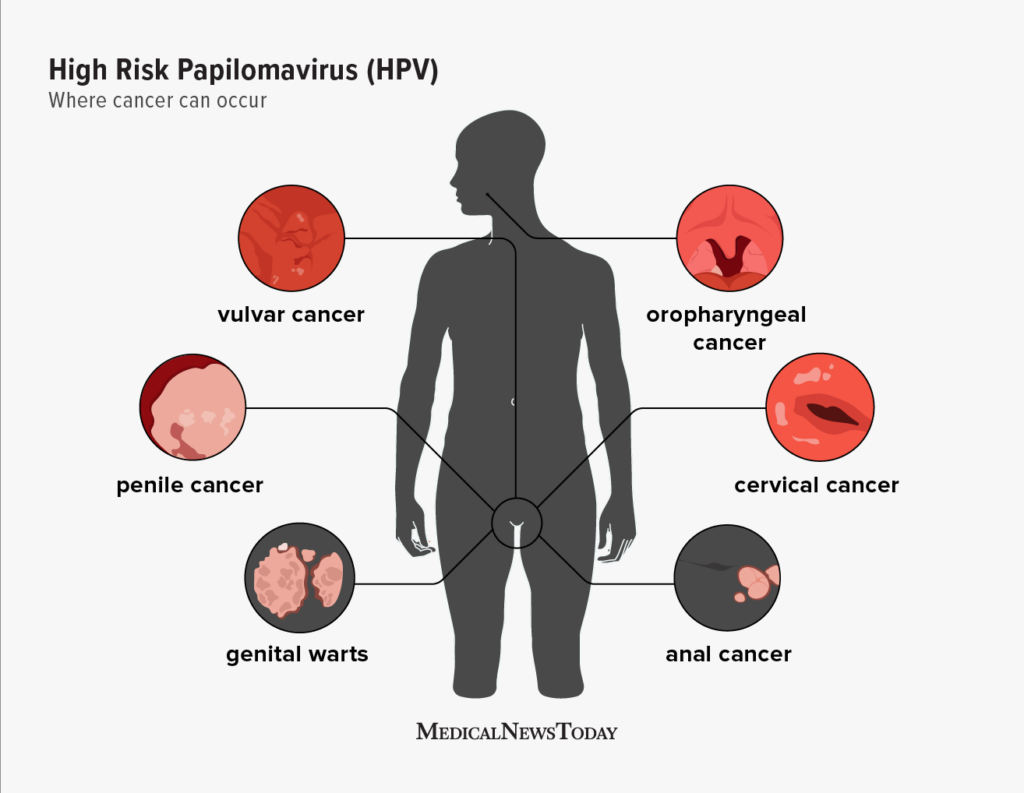
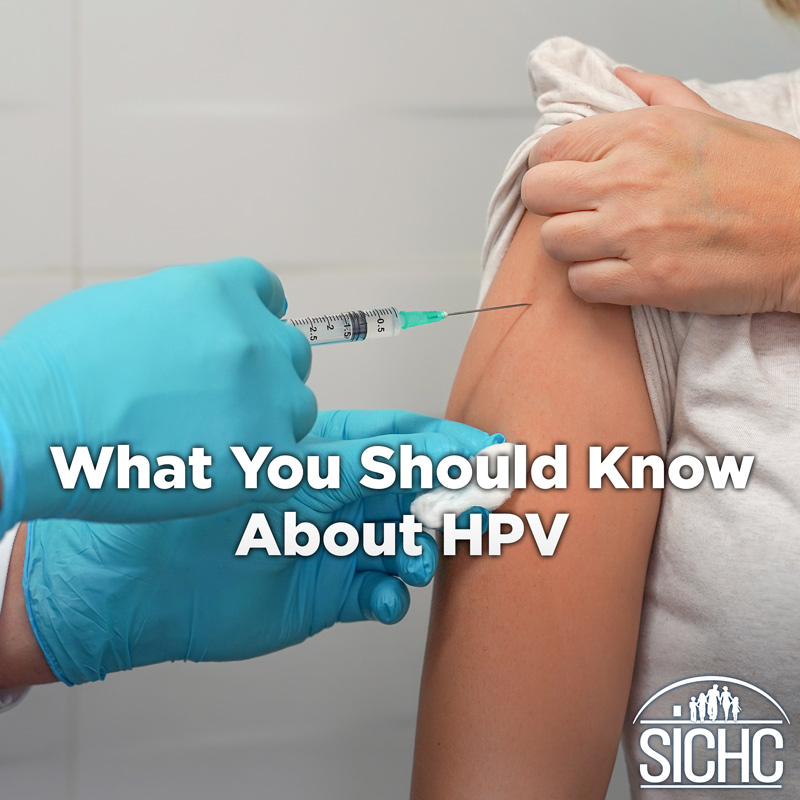








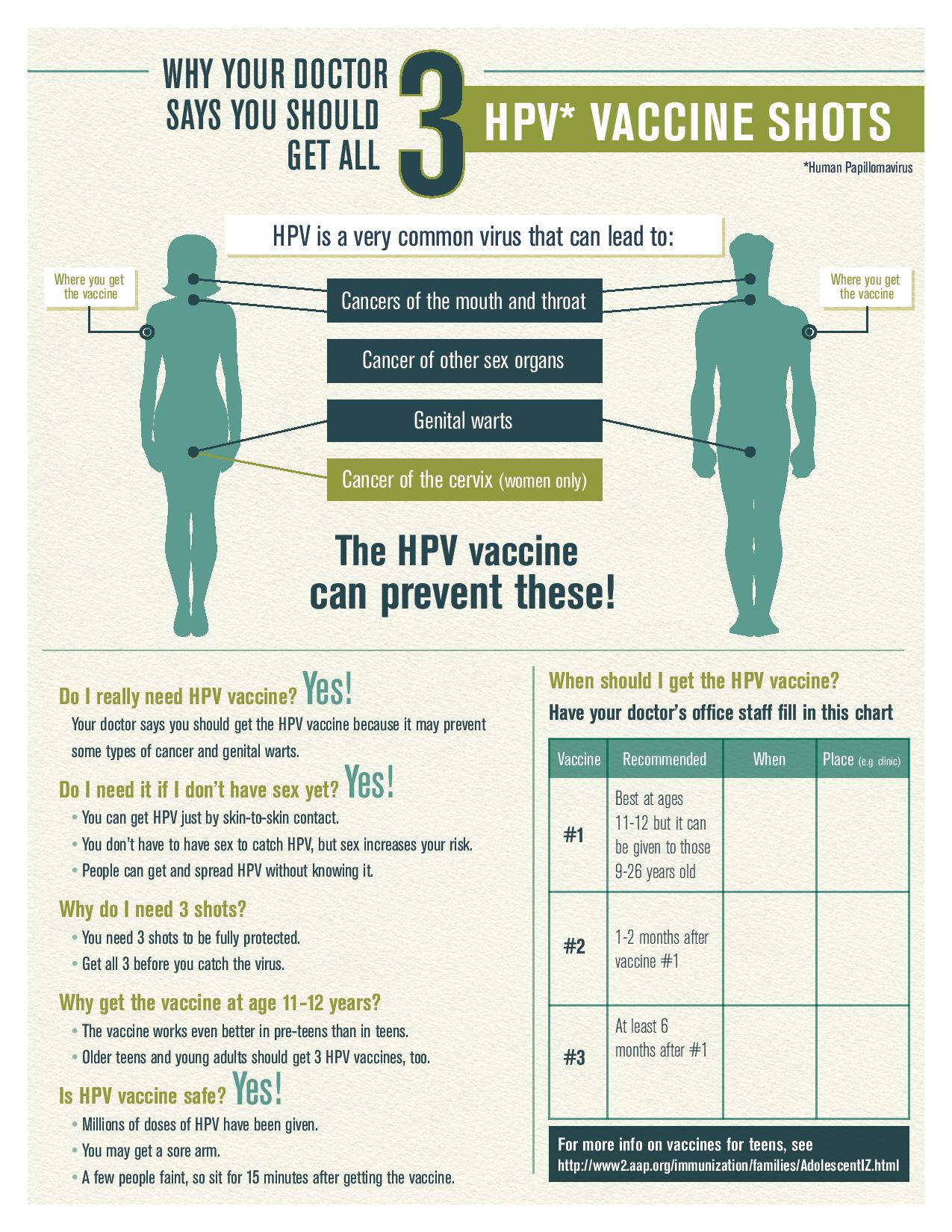
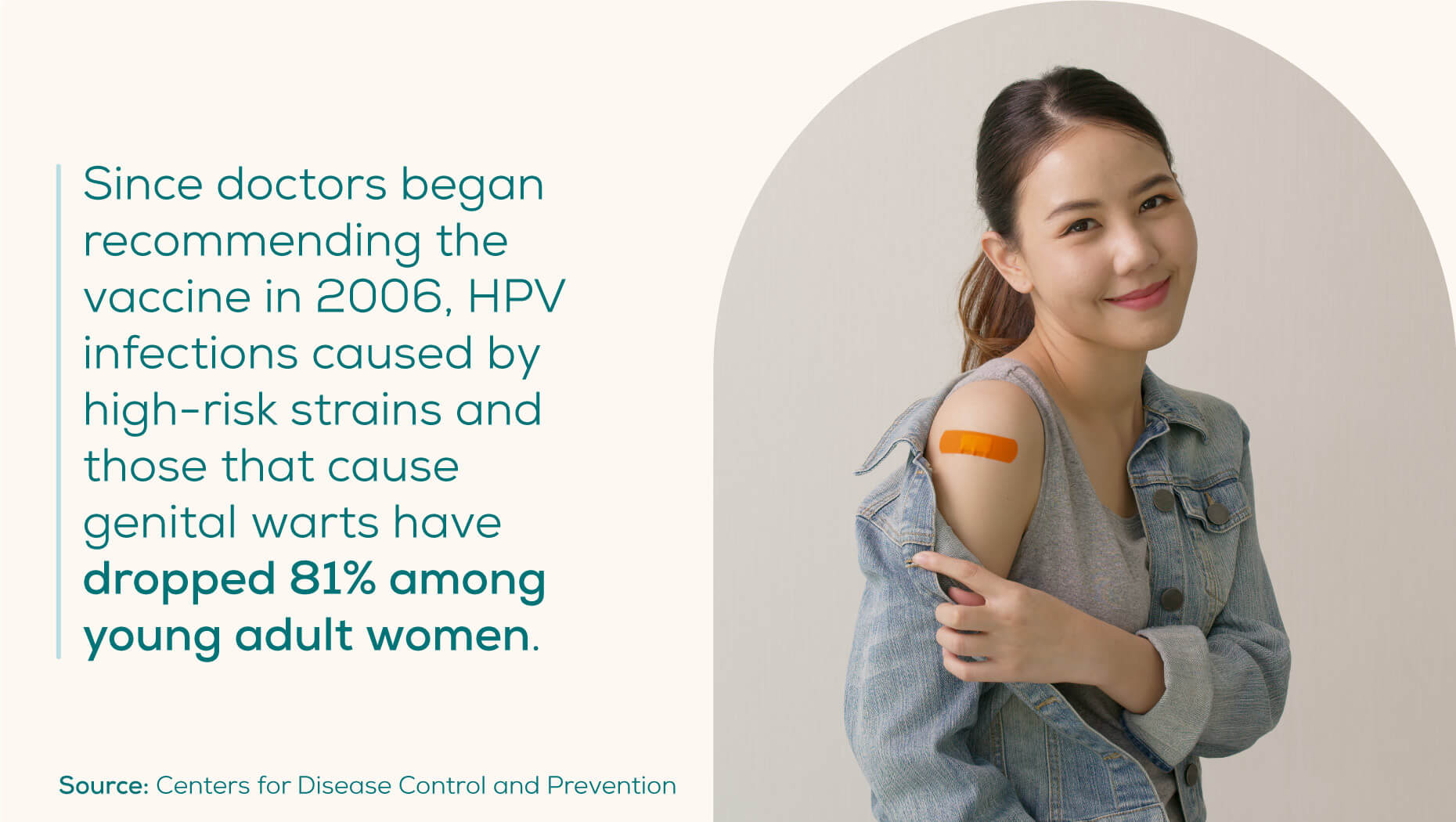

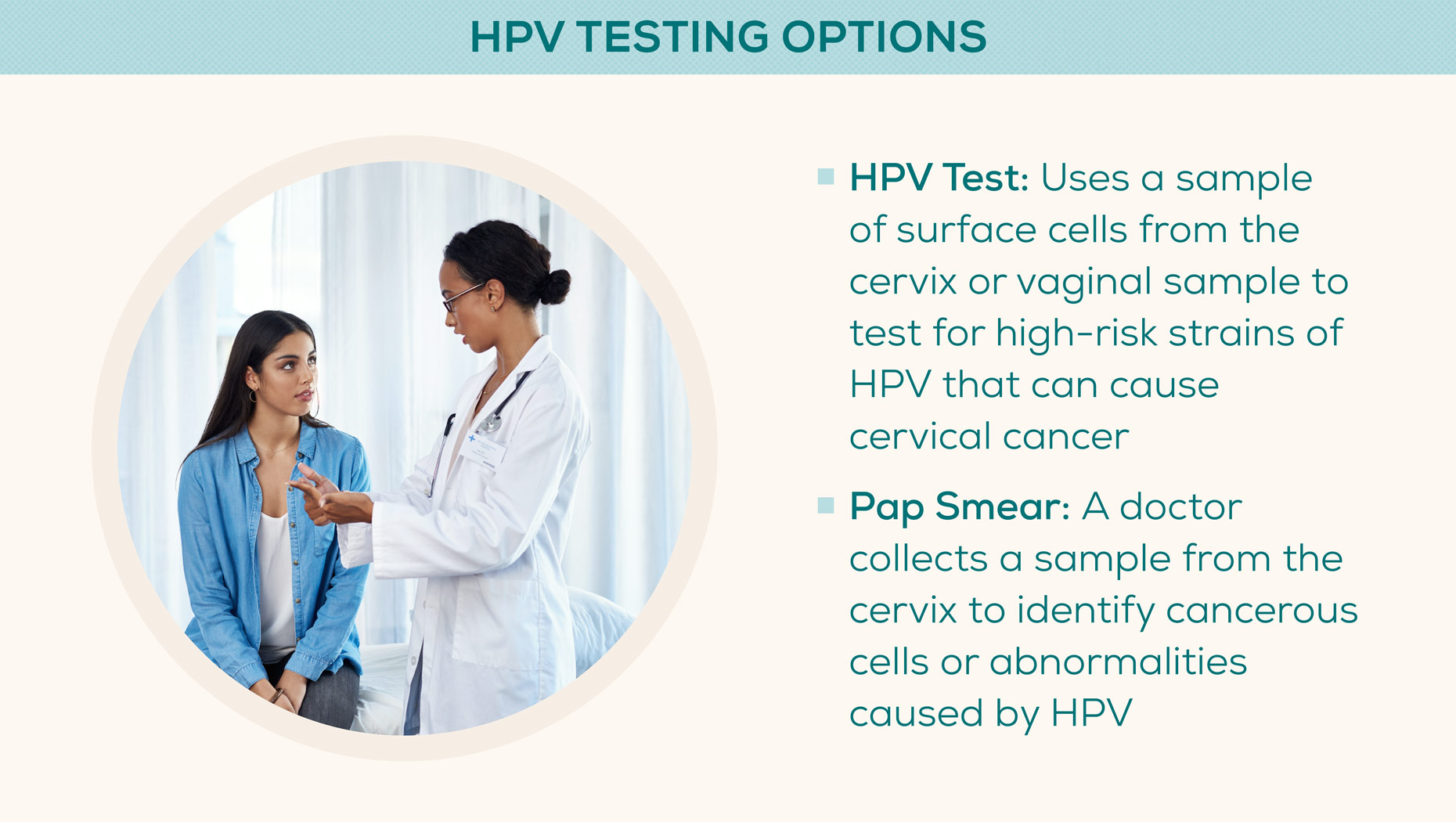
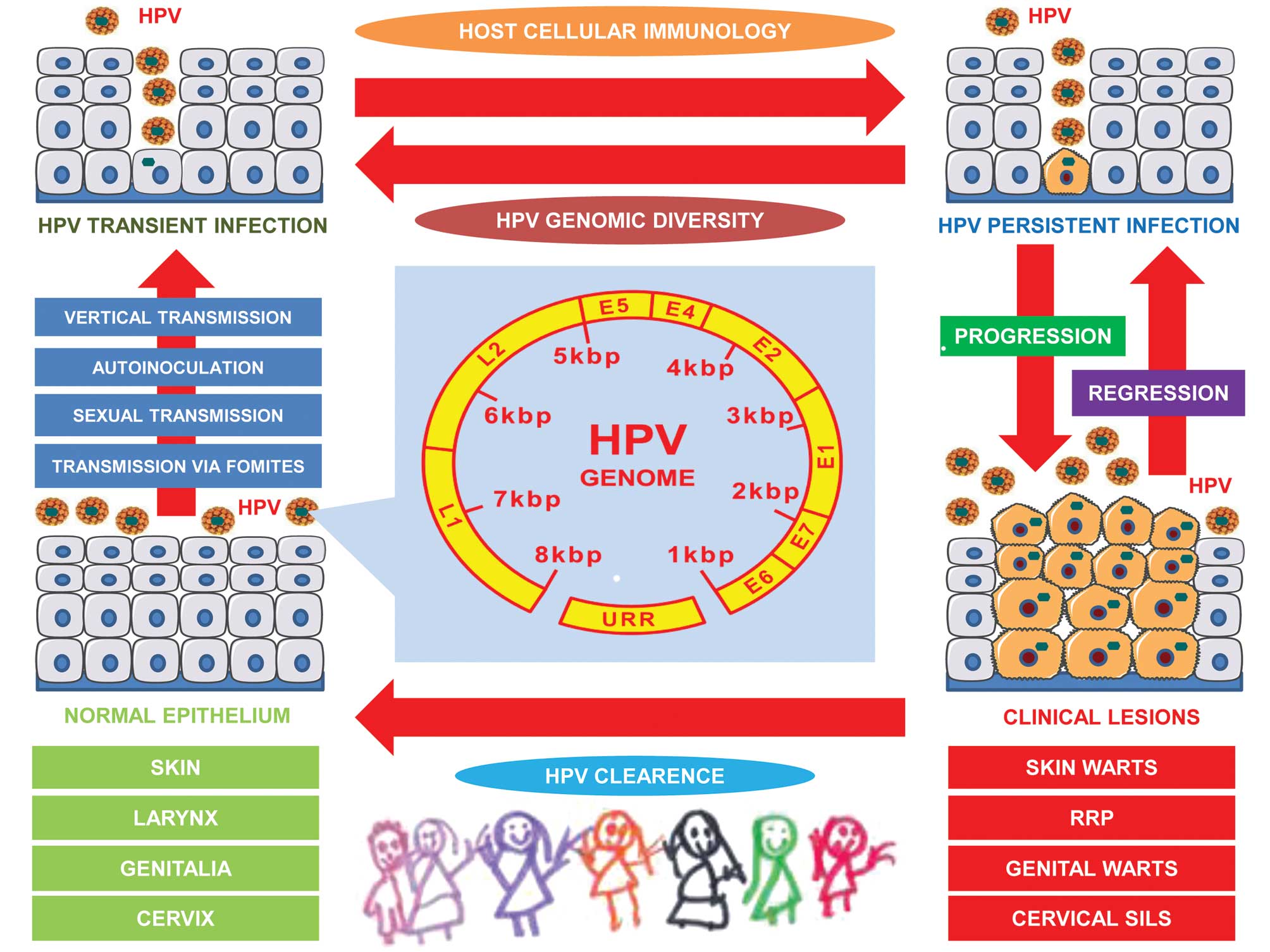
:max_bytes(150000):strip_icc()/coping-with-hpv-4164645_final-de95389307a446f49a91f1f20b759ce8.jpg)


